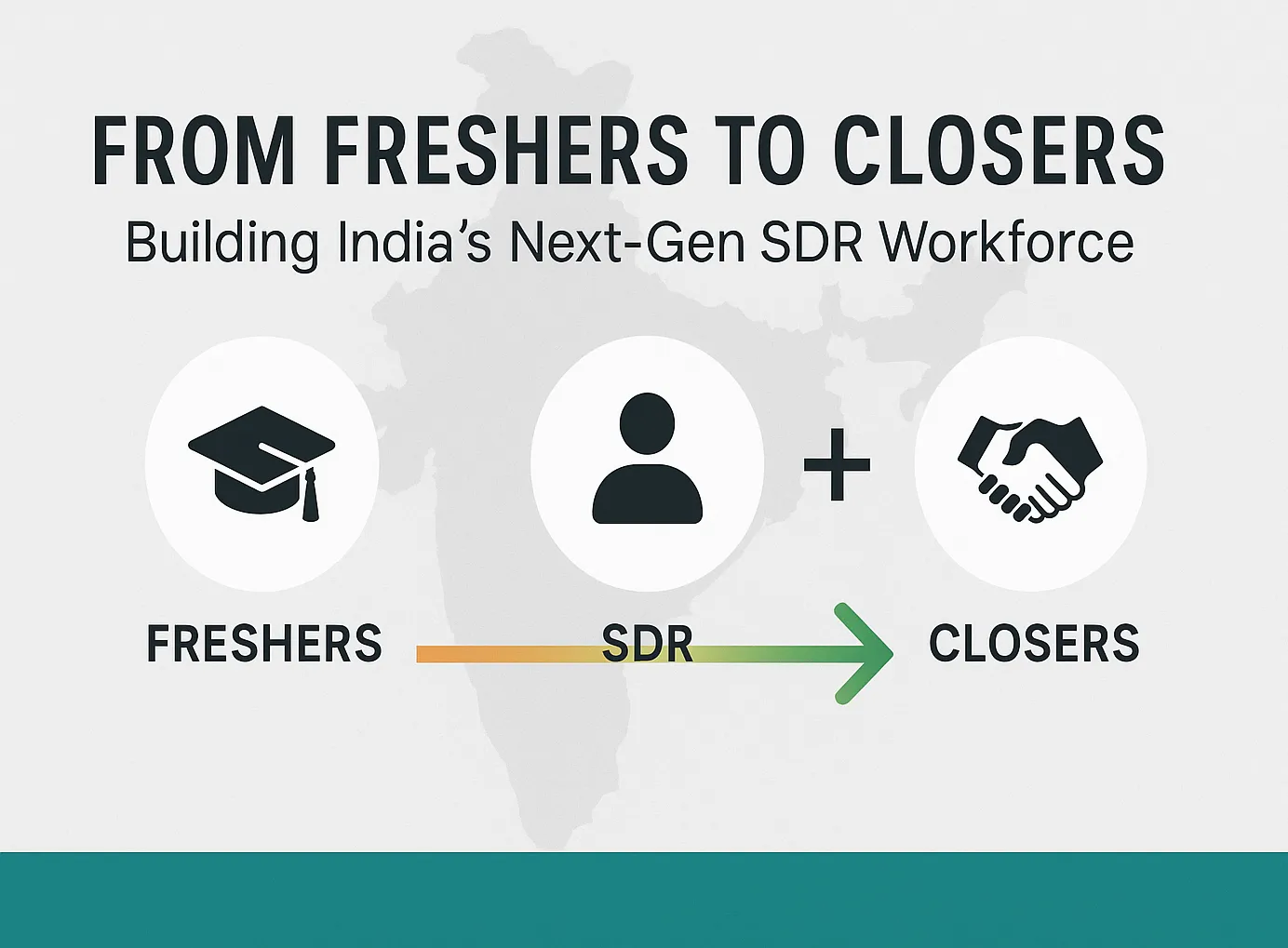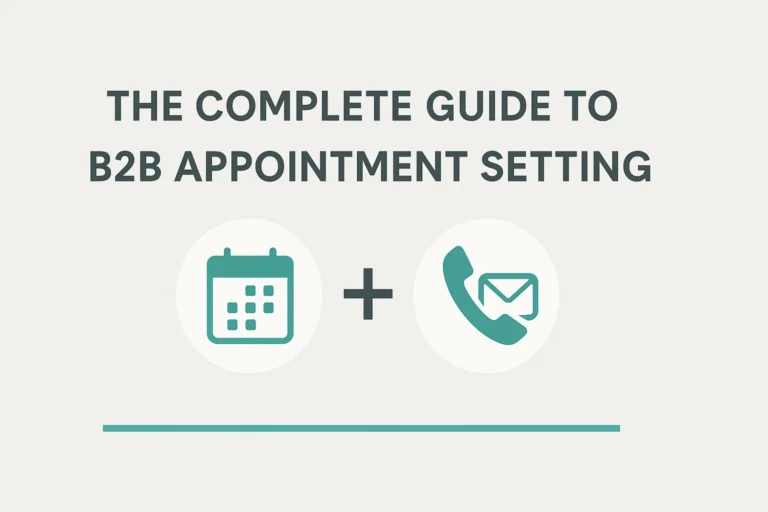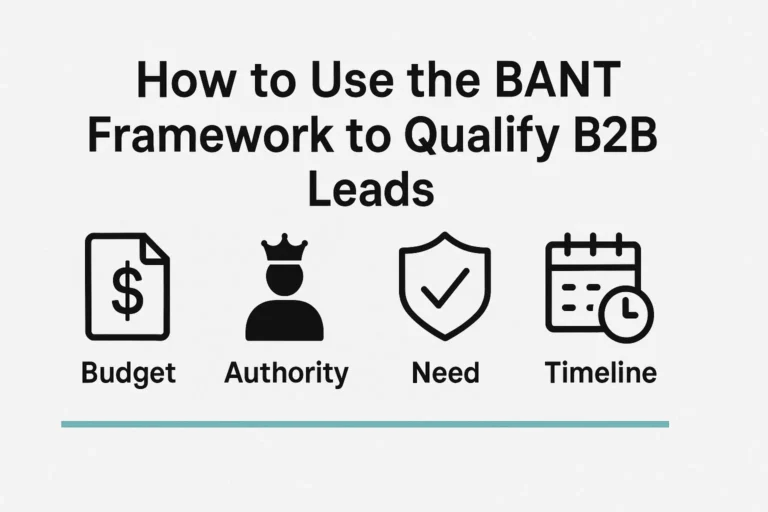From Freshers to Closers: Building India’s Next-Gen SDR Workforce
Not that long ago, if you asked a fresh MBA graduate in India what they wanted to be, you’d hear a lot about marketing, finance, or consulting.
Sales?
Hardly anyone said sales.
Especially not inside sales.
That’s changing fast — and honestly, it’s one of the most important shifts happening in India’s B2B scene right now.
There’s a whole new wave of sales development talent rising here.
And companies around the world are starting to take notice.
The Old Story: Sales Wasn’t a “Career” Path
For a long time, sales roles — especially entry-level ones — were seen as temporary jobs.
Something you “did for experience” before getting a “real” job.
Inside sales? Cold calling? Lead qualification?
It didn’t exactly sound glamorous to a fresh MBA holder sitting on a pile of marketing textbooks.
As a result, good SDR (Sales Development Representative) talent was rare.
Teams were either hiring too expensive or hiring too green.
What Changed?
Three big things happened:
- Global demand for scalable outbound sales exploded.
Companies, especially from the US and Europe, realized they could build high-performing SDR teams outside their home countries — if the talent was good enough. - Sales became a real career track.
With clear progression paths (SDR → AE → Sales Manager → VP Sales), suddenly sales wasn’t a dead-end job. It became a real profession. - Training programs leveled up.
It’s not just about scripts anymore. Good programs now teach real prospecting, lead research, email personalization, deal qualification — things you can build a career on.
What Makes Fresh Indian MBAs Perfect for SDR Roles?
Honestly, the match makes a lot of sense:
- Strong communication skills.
Most MBAs here already train for presentations, client handling, and negotiation. It’s not a huge leap to prospecting calls. - Resilience and adaptability.
The ability to hear “no” a hundred times and still show up the next day with energy? That’s baked into the culture here more than people realize. - Cost efficiency for companies.
Let’s be real — hiring an SDR in India is way more affordable than hiring in the US or UK. But lower cost doesn’t mean lower quality anymore. - Huge English-speaking talent pool.
Unlike many outsourcing hubs, English fluency is a given here — not a bonus.
Inside the Journey: From Freshers to Full-Fledged SDRs
It doesn’t happen overnight.
Most freshers who come into an SDR role start with a steep learning curve.
Handling objections. Personalizing cold emails. Understanding qualification frameworks like BANT or MEDDIC.
It’s a lot at once.
But the ones who stick with it?
They build skills that are valuable for a lifetime — not just for one company.
Typically, here’s how it plays out:
- First 30 days: Learning tools (CRMs, dialers, email platforms), shadowing experienced reps.
- Next 60 days: Active outreach with coaching, feedback, and refining messaging.
- By month 4–6: Independently booking meetings, owning pipelines, and even influencing deal flow.
Some move up to senior SDR roles. Some graduate into Account Executive positions.
Either way, the growth is real — and fast.
Why This Matters (Way Beyond Cost)
Yes, outsourcing sales development to India saves money.
But that’s not the real story anymore.
The real story is about building a world-class sales muscle — powered by smart, motivated people who want to grow.
It’s about tapping into a workforce that’s hungry, trainable, and ready to prove that where you come from matters way less than what you can deliver.
And in a global market that’s shifting faster than ever, having the right SDR foundation can make the difference between struggling and scaling.







